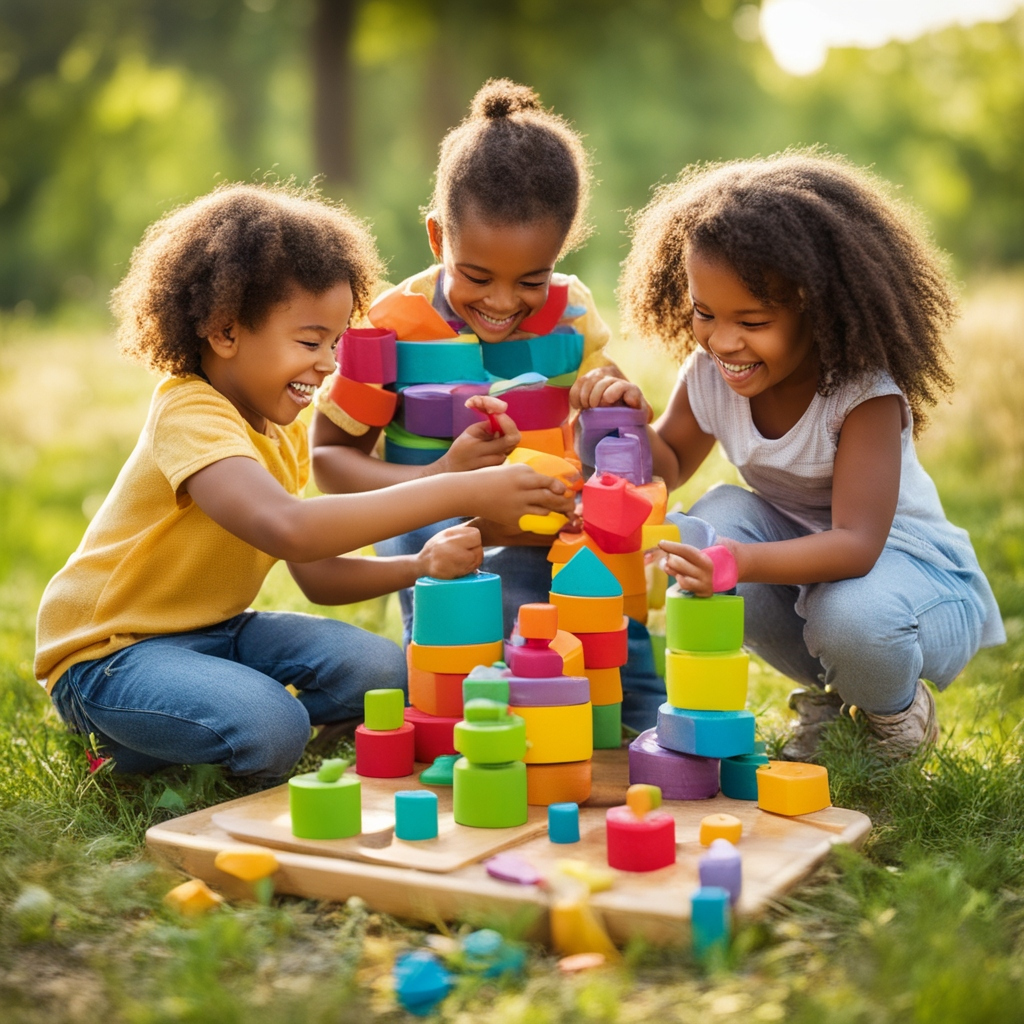Incorporating learning into playtime is an essential aspect of a child’s development, enabling them to harness the vast power of their imaginations while simultaneously cultivating essential life skills. This approach leverages the natural curiosity and boundless energy found in children to foster an environment where learning is fun, engaging, and impactful. How can parents and educators integrate education seamlessly into a child’s playtime? Let us explore some effective strategies and techniques.
Understanding the Importance of Playful Learning
Before delving into methods, it is crucial to recognize why playful learning is vital. It serves as a foundation for lifelong intellectual, emotional, and social development. When children learn through play, they have the opportunity to understand complex concepts in a simplified manner, develop problem-solving abilities, and enhance language and communication skills. This holistic approach encourages creativity and innovation, making young learners more adaptable to various situations throughout their lives.
Encouraging Imaginative Play
Imagination is the cornerstone of playful learning. When children engage in imaginative play, they explore various roles and scenarios, which enhances their cognitive flexibility and introduces them to new vocabulary. Create an environment filled with resources that stimulate imagination, such as costumes, building blocks, and art supplies. These materials allow children to create their worlds, which can relate to what they are learning. For example, a child can learn about professions by playing with a doctor’s kit, understanding medical tools, and learning basic first-aid practices.
Integrating Educational Toys and Games
Educational toys and games are specifically designed to blend learning with fun. Consider toys that promote STEM (science, technology, engineering, and mathematics) education, such as building blocks, coding toys, or science kits. These encourage logical thinking, sequencing skills, and problem-solving from a young age. For language development, puzzles with words, letter blocks, or language learning games can help in enhancing vocabulary and grammar skills. Board games that encourage strategic thinking, memory development, and cooperative play are also excellent tools for playful learning.
Creating Learning-Based Challenges and Quests
Transforming learning objectives into challenges or quests is a fantastic way to capture a child’s interest. For instance, a treasure hunt can be used to teach directions, map reading, and problem-solving. Set up a series of clues that involve math problems or language puzzles leading to the next clue. This structured play not only teaches essential academic skills but also fosters team spirit and perseverance when playing with peers.
Incorporating Technology Wisely
In today’s digital age, technology can play an integral role in educational playtime. There are numerous apps and websites designed to promote learning through play. However, moderation is key. Parents should ensure screen time is balanced with physical play. Educational apps that focus on math, languages, or science can be fun, interactive, and provide instant feedback that helps keep children motivated. It is imperative to select age-appropriate and high-quality content that aligns with the educational goals for each child.
Exploring Nature and Outdoor Activities
Nature provides a vast classroom that encourages exploration and curiosity. Outdoor play is not only vital for physical development but also for cognitive and emotional growth. Activities like gardening can teach children about biology, responsibility, and patience. A trip to the park can be a lesson in ecosystems, physics (when they climb or play with swings), and even art (collecting and creating crafts from leaves and twigs). Subsequently, these activities remind children of the intricate connections between nature and intellectual pursuits.

Arts and Crafts as Learning Tools
Arts and crafts provide a creative outlet while teaching patience, focus, and dexterity. Providing children with opportunities to draw, paint, or sculpt allows them to explore different textures, shapes, and colors, thereby enhancing their motor skills and understanding of spatial relationships. Artistic endeavors can be linked to educational themes, such as painting scenes from history or using clay to recreate animals from a science lesson. These creations allow children to express knowledge in a personalized and creative manner.
Role of Parents and Educators
The role of parents and educators is crucial in integrating learning into play. They must provide guidance, support, and encouragement to ensure playtime is both educational and enjoyable. Observing children’s interests and inclinations during play can provide insights into their learning styles and preferences, allowing adults to tailor activities accordingly. Active involvement, whether through storytelling, participating in games, or setting challenges, enriches the learning process and strengthens bonds with the child.
Balancing Structure and Freedom
While structured activities are beneficial, it is also essential to allow children the freedom to play unstructured. This balance is crucial in fostering independence, creativity, and emotional resilience. Encourage children to invent their games, rules, and play settings, which promote decision-making skills and self-reflection. An ideal learning-through-play approach offers a mix—guided activities that target specific learning outcomes, alongside free play that nurtures creativity.
In conclusion, incorporating learning into playtime is an enriching endeavor that contributes significantly to a child’s development. By using a variety of tools, including imaginative play, educational toys, technology, nature, and arts, parents and educators can create a dynamic, enjoyable, and educationally fruitful play environment. The key is to observe and adapt to each child’s unique needs and interests, ensuring that the essence of play remains fun and vibrant while subtly instilling a love of learning that will last a lifetime.